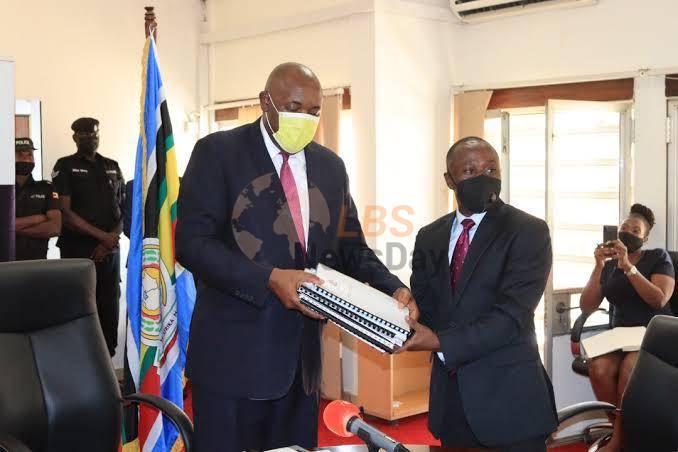Digital government is the use of Information and Communication Technologies (ICT) to support government functions, services, and citizens in their participation in social-economic development, political processes and the quality of living as a whole.
However, despite the progress that has been made over the last decade, Uganda is yet to fully experience the benefits of digitization. Uganda’s National Development Framework III (NDP III) places ICT as a key driver for national transformation and a facilitator to achieving Uganda’s Vision 2040. The precise methodology needed to help digital transformations beyond the provision of online services and e-government portals; into the broader business of government itself are discussions that should be on front row centre!

In a nutshell, government-owned ICT infrastructure development, e-Governance for effective and efficient performance, dedicated corporate communications and management, innovation through Business Process Outsourcing (BPO) investment, Cyber security, Human development and E-commerce summarises the value
effect and the future of digital government.
The Government of Uganda has a strong belief that ICT has the potential not only to revolutionize the way Government operates, but also to enhance the relationship between Government and Citizens (G2C), Government and Business community (G2B) and within Government to Government departments (G2G). With this in mind, the GOU has developed the eGovernment Policy Framework which clearly identifies the goal of e-Government and spells out its core pillars, critical success factors and a roadmap which will be adopted to achieve it. To operationalize the Policy Framework, Government has developed an eGovernment Masterplan to guide implementation over the next five years.
According to the Ministry of ICT and National Guidance, the sector has registered a number of successes which includes;
- NITA-U consolidation of hardware and software licenses of government with the objective of accelerating the delivery of e-government services through reduced costs of licenses.
- An Information Access Centre (IAC) was set up in conjunction with the Government of Korea to enhance citizen participation and engagement in public policy and governance;
- Technical support provided towards the establishment of a Government Citizen Interaction Centre (GCIC) championed by the Office of the President;
- Technical support offered to Uganda Investment Authority in the establishment of a One-Stop Centre (OSC) to promote investment by providing easy access to the investment information and reducing the cost of doing business;
- Technical support was provided towards the establishment of over 20 eGovernment systems including the integration of national systems and databases, Electronic Single Window, eProcurement, eVisa, standardisation of Government websites and others underway.
As the government intendeds to find feasible ways to deliver services for the digital era, there is a need to transform the ways for implementing new innovations for long-term sustained improvement. Alternatively, the government always tries to find feasible ways to reduce costs and solve organizational problems by developing new methods through the adoption of proper and consistent technical methods. Here, digital technology is an effective way to transform public sector services for the betterment of humanity, and creating a more open, innovative and transparent
government.



